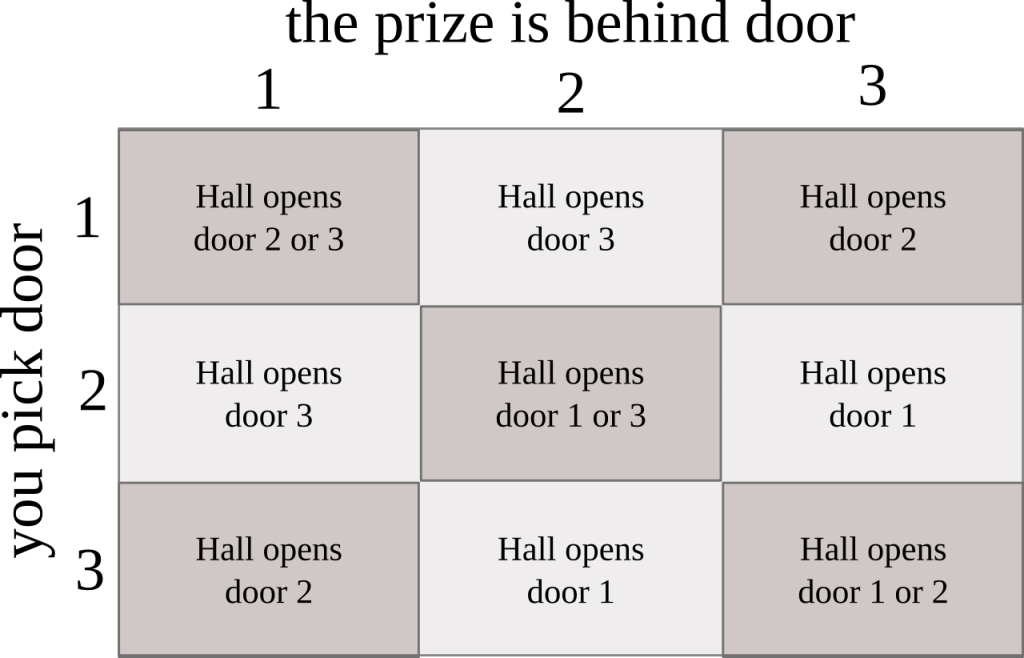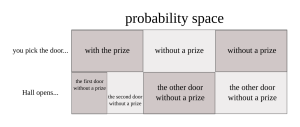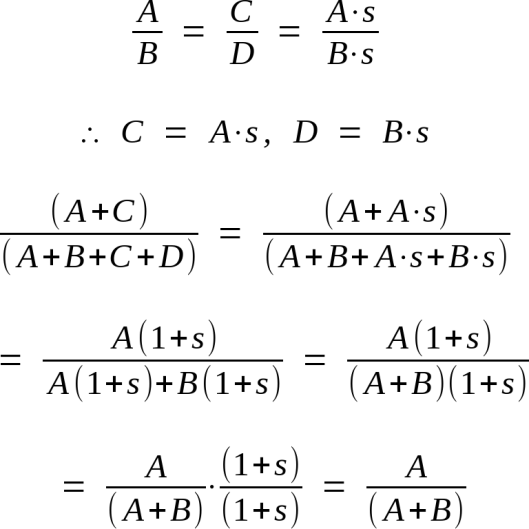This one demanded to be shared ASAP. Here’s what you need to know:
- Identical or monozygotic twins occur in roughly four births per 1,000.
- Fraternal or dizygotic twins occur in roughly eight births per 1,000.
- Elvis Prestley had a twin brother, Jesse Garon Presley, that was stillborn.
For simplicity’s sake, we’ll assume sex is binary and split 50/50, despite the existence of intersex fraternal twins. What are the odds of Elvis being an identical twin? The answer’s below the fold.











